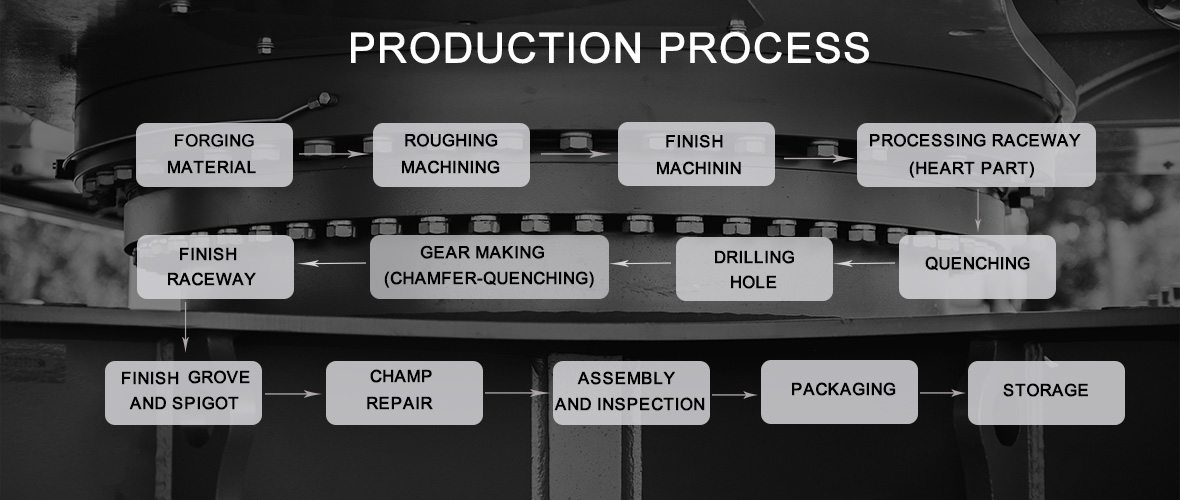
Imagine a world without machinery—no vehicles, no manufacturing, and no modern conveniences as we know them. Behind the seamless operation of machines lies a crucial component: bearings. These essential elements ensure smooth movement and reliability across various applications. The right bearing choice can significantly affect efficiency, performance, and durability, highlighting their importance in machinery.
Understanding Bearings and Their Types
Bearing technology has evolved remarkably over the years, introducing various types tailored for specific applications. At their core, bearings reduce friction between moving parts, allowing for smoother operation. The most common types include:
- Ball Bearings: Ideal for high-speed applications, these bearings use spherical balls to maintain distance between the moving parts.
- Roller Bearings: Designed for heavy loads, roller bearings use cylindrical rollers to distribute weight more efficiently.
- Thrust Bearings: These handle axial loads, making them crucial in applications like automotive transmissions.
Each type serves a different purpose, and selecting the right one can enhance machine performance significantly. For instance, industries that rely heavily on automated processes, such as assembly lines, benefit immensely from Bearing applications in machinery designed for rapid movement and precision.
[IMAGE]
Applications in Various Industries
Bearings are ubiquitous, with applications spanning multiple sectors. In the automotive industry, they play a vital role in engine components, wheel hubs, and transmissions. For instance, the reliability of a car’s wheel hub assembly is directly linked to the quality of its bearings. High-performance vehicles utilize specialized bearings to enhance speed and handling precision.
Aerospace Engineering
In aerospace, bearings are subjected to extreme conditions, including fluctuating temperatures and high speeds. Here, ceramic bearings are often preferred due to their lightweight and resistance to wear. These bearings contribute to the overall efficiency of aircraft engines, reducing fuel consumption and increasing safety.
Manufacturing and Heavy Machinery
Heavy equipment in construction and mining is another area where bearings are indispensable. They are designed to withstand harsh environments and heavy loads. For example, the bearings in excavators must endure constant dirt exposure and significant weight, requiring robust materials and designs to ensure longevity.
Impact on Efficiency and Maintenance
The choice of bearings can also affect maintenance schedules and operational efficiency. Poor-quality bearings can lead to increased friction, overheating, and ultimately, machine failure. Regular maintenance, including lubrication and inspection, is crucial to prolonging the life of bearings and, by extension, the machinery they support. For instance, using the correct type of grease can significantly impact a bearing’s performance and lifespan.
Future Trends in Bearing Technology
Innovation in bearing technology continues to advance, with trends like smart bearings gaining traction. These bearings incorporate sensors that monitor performance metrics in real-time, providing valuable data to predict failures before they happen. This predictive maintenance approach can save companies significant amounts in downtime and repair costs.
Moreover, the push for sustainability has led to the development of eco-friendly bearing materials and manufacturing processes. These innovations not only reduce environmental impact but can also improve the overall efficiency of machinery, proving that the future of bearing applications is as promising as ever.
Conclusion
Bearings are more than just components; they are the backbone of machinery, providing essential support for a wide range of applications. Understanding the various types and their specific uses can help industries optimize performance and ensure reliability. As technology advances, so too do the possibilities for bearing applications in machinery, opening doors to more efficient and sustainable solutions.

